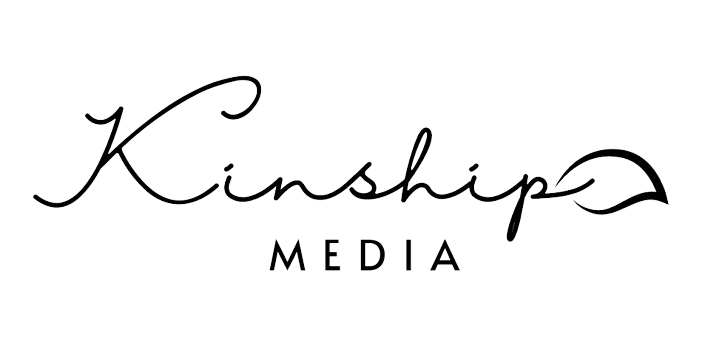5 Conscious Steps: A Guide to Responsible AI Use for Your Business
How Small Businesses Can Harness AI Without Losing Their Values

AI is no longer just a futuristic concept; it's a real tool that's transforming how small businesses operate. The potential for efficiency and growth is immense, but the ethical questions and potential pitfalls can feel intimidating. How do you, as a small business owner, leverage this power without inadvertently compromising your values, your clients’ trust, or your environmental impact? The answer isn't about ignoring the technology. It's about being intentional.
This guide breaks down the complex world of AI into a practical, five-step roadmap for responsible AI use for your business. It’s for the entrepreneur who believes that great tech should serve a great purpose and who wants to be an ethical tech entrepreneur in every sense of the word.
1. Define Your Purpose: Make Conscious Tech Decisions
Before you jump into a new AI tool, pause and ask yourself a few fundamental questions. This is the core of making conscious tech decisions.
What problem are you trying to solve? Is this a genuine pain point for your business, or are you just using AI because it’s a shiny new object? AI should be a solution, not a starting point. For example, instead of thinking "I need to use AI," think "I need a more efficient way to brainstorm blog topics that my audience will love."
What is the AI's purpose? Be clear on whether the tool's intended use aligns with your business's values. If you're building a brand on authenticity, a tool that generates bland, generic copy may not be the right fit, even if it’s fast.
Is this the right tool for the job? Sometimes, a simple spreadsheet or a refined process is a more effective and less resource-intensive solution than a complex AI model. Starting with a clear purpose ensures your small business AI strategy is both smart and sustainable.
2. Vet Your Tools & Partners: A Guide to Ethical AI for Small Business
You wouldn’t hire a contractor without checking their references. The same principle applies to AI. As an entrepreneur, the choices you make about the tech you use reflect directly on your brand. This is a crucial step in ensuring ethical AI for small business.
- Look for Transparency: Does the AI tool or service provider clearly state how it uses and protects your data? Is it transparent about its training data, and does it have a clear privacy policy?
- Prioritize Sustainability: As we've discussed, AI has an energy cost. Inquire about your AI partners’ commitment to sustainable AI practices. Do they use green data centers? Are their models optimized for efficiency?
- Check for Bias and Fairness: AI models are trained on data, and that data can contain biases. Look for tools that have been developed with a focus on fairness and that have transparent methods for detecting and mitigating bias in their outputs.
3. Build a Human-in-the-Loop Workflow: The Heart of Practical AI Ethics
The most powerful and responsible way to use AI is to view it as a co-pilot, not a replacement. This is the essence of practical AI ethics. A "human-in-the-loop" workflow ensures that human oversight and judgment are integrated at critical points.
- AI as an Assistant, Not an Author: Use AI to generate initial drafts, brainstorm ideas, or summarize research. But the final product—the blog post, the website copy, the strategic plan—must be reviewed, edited, and refined by a human. This is how you infuse your unique brand voice and expertise into your content, avoiding the pitfalls of generic, uninspired writing.
- Check for Accuracy: Never assume AI outputs are factually correct. Always fact-check and verify information before it's published or used in a decision-making process.
- Add Your Unique Perspective: AI can synthesize existing information, but it cannot provide the personal anecdotes, deep insights, or original thought that comes from your own experience. The human touch is what makes your brand authentic and relatable.
4. Protect Your Data & Your Clients' Privacy
Data is the fuel for AI, and its responsible management is a non-negotiable component of a responsible digital business.
- Data Security: Ensure the AI tools you use have robust security measures in place to protect your business and client data.
- Be Transparent: If you're using AI in a customer-facing capacity, be transparent about it. For example, a chatbot should clearly state that it is an AI and not a human representative.
- Anonymize Where Possible: When using data to train an AI model, anonymize it to protect your clients' privacy.
5. Measure Your Impact & Mitigate: A Holistic Approach
A small business AI strategy doesn't end with implementation. It's an ongoing process of monitoring and adaptation.
Measure the ROI: Evaluate whether the AI tool is truly delivering on its promise of efficiency and growth. If a tool isn’t providing a significant benefit, it may not be worth its cost—both financial and environmental.
Mitigate the Footprint: Connect your digital choices to your broader sustainability efforts. As we discussed in our last blog, you can balance your AI energy consumption with positive, proactive steps in the physical world. This holistic approach ensures your commitment to ethical tech use is reflected in all areas of your business.
The integration of AI offers incredible opportunities for small businesses. By following these five conscious steps, you can build a responsible digital business that leverages this powerful technology to achieve your goals while staying true to your values and contributing to a better, more sustainable future.





